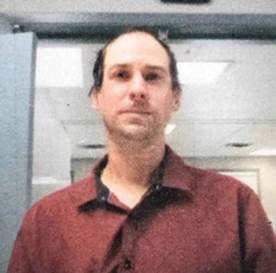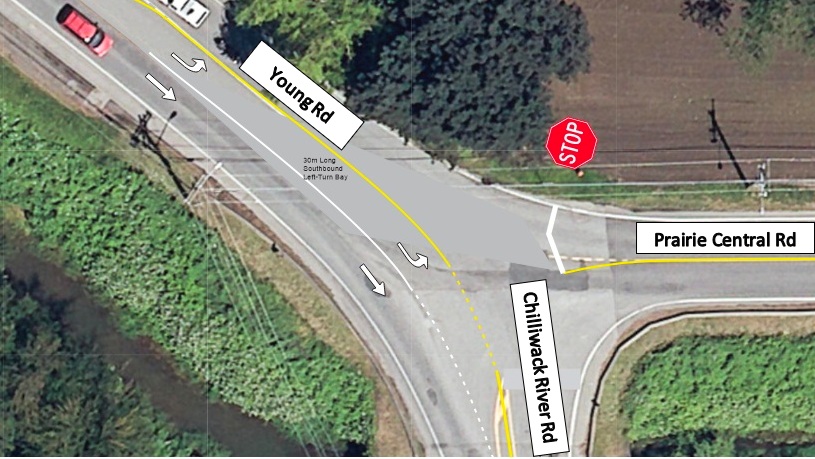According to Reinventing Parking, our cars sit idle for 95% of their lives. This means that we need a proper place to store them when they are not being used. The nature of the demand for parking spaces has created a collection of rules and defines the urgency for their enforcement.

The biggest parking circus that I was ever part of occurred one B.C. Day long weekend in Penticton when I was assigned to assist the bylaw officer trying to maintain control over the city parking lot at the Skaha Lake beach. As fast as we could write bylaw tickets and hail a tow truck, someone would arrive and leave their vehicle parked in clearly marked spaces for the handicapped or emergency vehicles. When those were full, they simply parked wherever they felt there was room even though there was no marked space.
One driver waited patiently for the tow truck to remove a vehicle, parked on the now empty spot and jumped out. The bylaw officer explained that he could not park there. So what? was the response. I’ll be gone before the tow truck gets back! He wasn’t. We made sure that his vehicle was next.
Of course, this example of a bad attitude toward others and most drivers don’t behave this way. However, give some people an inch and they will park on it.
At the most basic are the rules that cover the entire province contained in the Motor Vehicle Act.
In some cases, the act of stopping your vehicle is forbidden. Generally these situations are where stopping would cause a significant difficulty for others such as in front of a fire hydrant, obstructing a traffic control or across the end of someone’s driveway. In most situations, this includes places marked with a yellow curb.
Obstructing the free passage of traffic on a highway must not be done.
Parking on the traveled part of a highway would inconvenience others, so parking on the roadway is forbidden outside of a business or residence district.
In either case, you may do either of these things temporarily if your vehicle has broken down and it is impractical to move it.
Where stopping and parking is permitted, there is a prescribed manner for doing so. This is on the right side of the driver, parallel to the edge and within 30 cm. of the curb if one is present.
An unattended parked vehicle must be locked or made secure to prevent unauthorized use.
If the parking rules are not followed, the police are given authority to remove the offending vehicle from the highway. If it is left on private property, the authority to remove the vehicle rests with the occupier of the property.
With the big picture now out of the way we can narrow our focus to the local level. Municipalities have the authority to control stopping, standing and parking of vehicles within their boundaries as long as the rules are consistent with those that we’ve already explored. Generally you will find them in a parking, street or traffic bylaw which can be accessed on line.
One common caveat is that zoning bylaws may also control the parking of vehicles. Most often this regulates if and when one can park recreation or commercial vehicles on residential property.
Finally, at the micro level you may need to know about strata bylaws. I once had my vehicle towed because I had visited a friend in an apartment building and did not know that I was required to use designated visitor parking spaces even though the parking lot was half empty. I wish that the signs were posted more obviously and that my friend had thought to tell me before the fact but it won’t happen twice!
Story URL: http://www.drivesmartbc.ca/parking/parking
Constable Tim Schewe (Retired)
DriveSmartBC: Where better than average drivers satisfy their curiosity.






